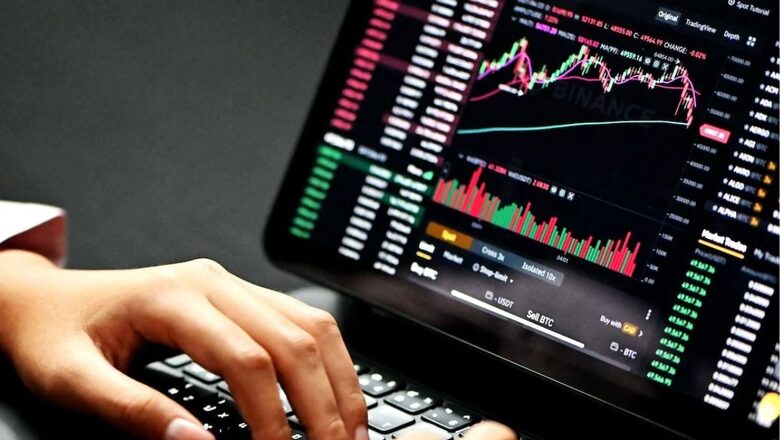
views
Investing in stocks through various apps has become increasingly popular as a means to make money, but inexperienced individuals often find themselves making costly mistakes, such as falling victim to the pitfalls of the upper circuit. Many apps facilitate the creation of demat accounts, allowing users to invest in the stock market. While seasoned investors navigate the market with caution, newcomers may inadvertently make wrong decisions due to their lack of experience, particularly when dealing with the upper circuit.
So, what exactly is the upper circuit? It represents the maximum percentage increase in a stock price within a single trading session. When a stock hits its upper limit, trading in that stock is temporarily suspended. This measure is taken to prevent investors from continuously buying stocks at inflated prices, which could lead to a market bubble. Reports indicate that this suspension helps prevent disturbances and significant fluctuations in the market. Trading in these stocks is typically halted for about 45 minutes to 1.5 hours before resuming.
However, buying stocks that are subject to the upper circuit comes with risks. Market experts caution that if a stock consistently hits the upper circuit, there’s a high probability that the share price is being deliberately manipulated. Allegedly, promoters may continuously buy shares to trigger the upper circuit, only to quickly dump them when the stock price is favourable. This strategy leaves common investors trapped in a precarious situation with limited options to escape.
For example, shares of GKP Printing and Packaging Limited have been hovering around its upper circuit limit of Rs 15.88 apiece on BSE in the last few sessions. The stock also gained 3% to hit a high of Rs 15.48 per share on Tuesday. GKP Printing shares have lost nearly 30% in the last one year. In July 2022, the stock was trading near Rs 165 level but dropped to Rs 20 per share by December.
The upper circuit, while offering potential benefits, carries substantial risks, especially for investors unaware of potential market manipulations. It serves as a reminder for individuals entering the stock market to exercise caution, conduct thorough research, and seek advice from experienced professionals to mitigate the risks associated with such investments.




















Comments
0 comment